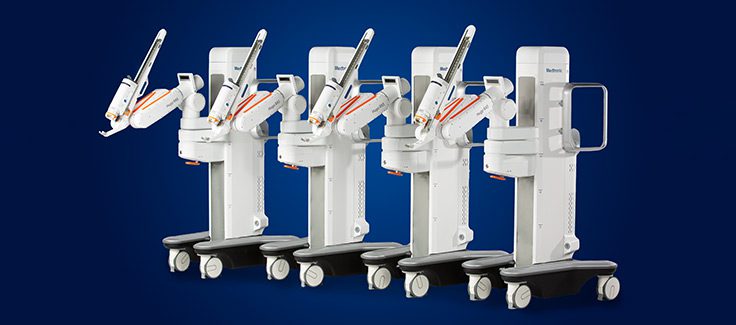
Santiago Escobar
Director of Omnichannel Strategy
Medtronic
Q: Medtronic is one of the top five companies in the medical-device industry, among the industries most hit during the pandemic. What has your strategy been to get through it in the area you run?
A: From the standpoint of channels, the main strategy during the pandemic was to have a closer relationship with our distributors in order to better understand the impact the pandemic was having on their businesses and their ability to continue working during periods of uncertainty. We began taking a closer look at their sales situation, inventory, and portfolio, to have a very clear map of the places where we might have risks, or opportunities to reduce risk. This detailed analysis led us to restructure our network of distributors, ending ties with certain risky distributors, and splitting their territories up among our sales team and other distributors with lower risk levels and more growth potential. This helped us maintain a tolerable level of risk, and more importantly, to speed up the growth of our distributors once restrictions started to loosen in different countries, as we managed to focus on those distributors who definitely could and wanted to grow.
Q: Indirect sales in organizations, particularly in large companies like Medtronic, has always been a model that swings from advantageous to disadvantageous. Have you developed a strategy to help with their recovery while being able to continue growing alongside them?
A: Yes. Thanks to the restructuring of our indirect channels, today we have distributors that are far more aligned with Medtronic’s goals and are focused on working in territories where we need their help to reach more patients. With these distributors, we are working on strategies for expanding territories together with the company’s in-house teams. One of the main areas underpinning growth moving forward is how we can have shared sales teams in secondary and tertiary territories where we do the sales work together, although the actual product is delivered by the distributor, who is normally more capable of reaching small customers in these territories. This strategy helps us maintain the direct relationship with customers and reduce operating costs at the same time.

Q: During the pandemic, there were some products associated with pathologies that required lengthy treatments whose sales remained stable, and there were even opportunities, as with the case of respirators. Did you identify any business opportunities with a new device?
A: The pandemic brought with it big opportunities for the lines of ventilation and intensive care. Because of our strong positioning in these areas, we were able to support thousands of people and institutions that needed these kinds of products, and thanks to the work of thousands of employees at Medtronic, we never stopped giving support to those in need of it. Now, from the standpoint of channel management, the pandemic also brought with it a lot of opportunities to explore different ways of serving our customers. For example, we fast-tracked remote sales from our Shared Service Centers, focused resources to give more support to strategic accounts, and we realigned the network of distributors to be more efficient. This brought us considerable recovery in 2021 and so far in 2022, and we are now a stronger and better structured company than when the pandemic began.
Note about the company: Medtronic is a global leader in technology applied to health care, with more than 60 years in the market, and more than 90,000 people across 150 countries, developing solutions that treat over 70 diseases.



